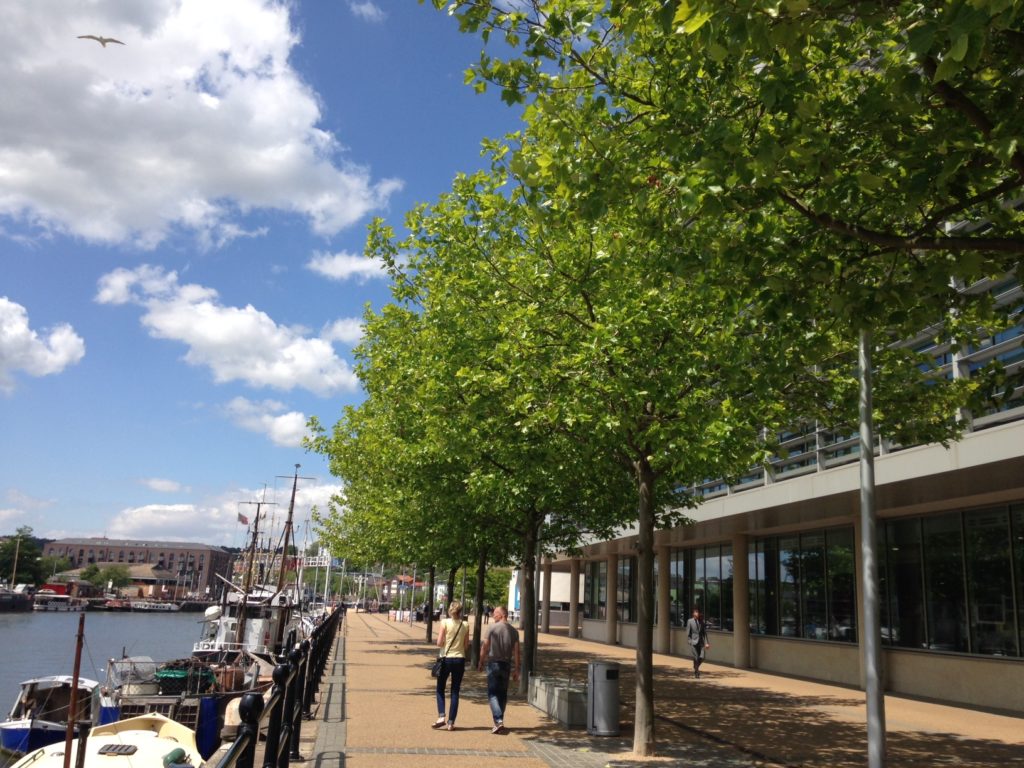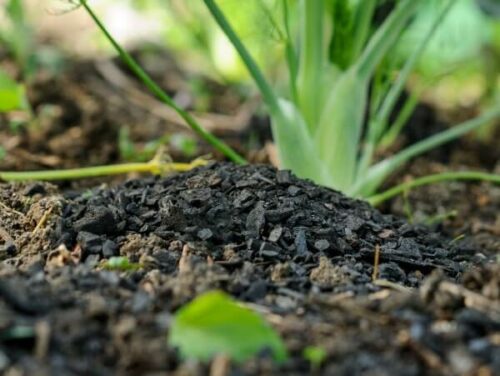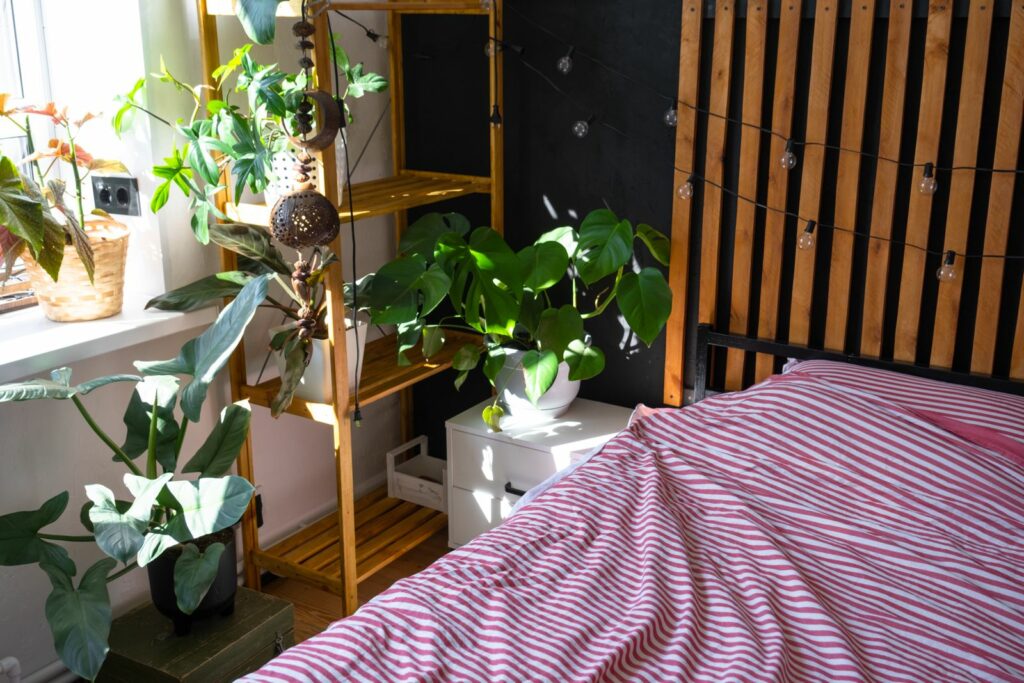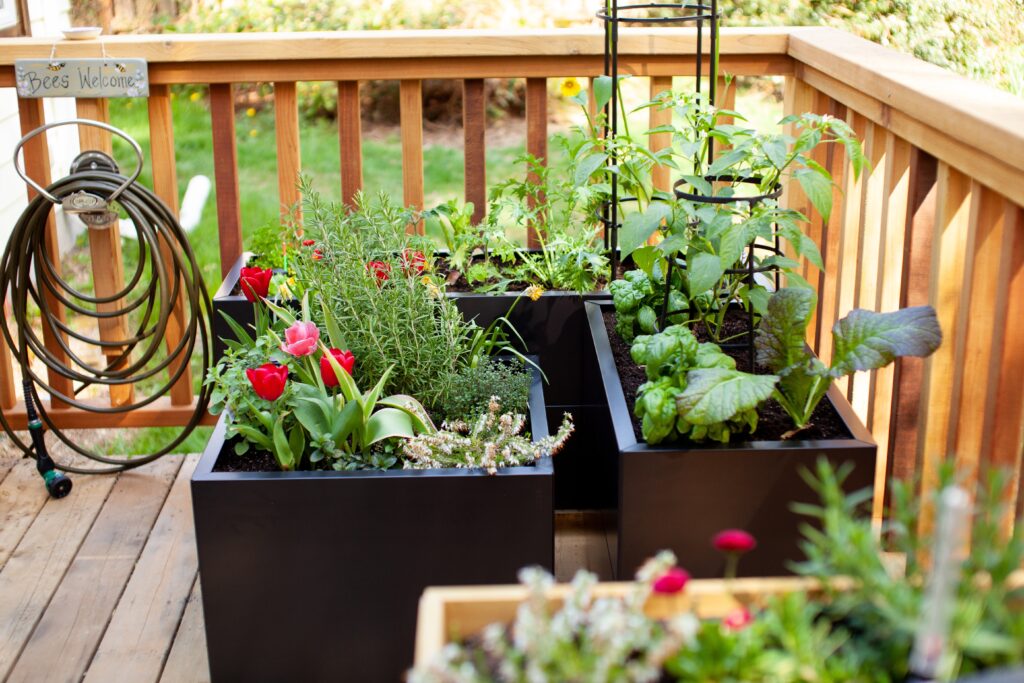Newly planted trees are a waste of time, money and effort if they fail to establish and survive. Large-scale tree planting projects, whether motivated by environmental positioning, or as a PR exercise, are a very popular and effective way to remove carbon from the atmosphere, but only if they live.
Modern technology and old methodology
Photosynthesis remains a potent Negative Emissions Technology we have at our disposal. In the fight against climate change, we can innovate in all manner of ways aiming to reduce the amount of carbon we spew out into the atmosphere… but options for removing the carbon that’s already in it are underexplored and in their infancy.
Corporations under fire for their ecological or environmental impact, or national infrastructure projects that involve chopping down existing woodland, means tree planting offers an excuse, or perhaps atonement, for less-than-ideal behaviour.
But for projects mass planting trees, the money involved, the expert advice and the workforce to achieve results doesn’t denote success. Pests and diseases are not something you can control but still, when large-scale tree planting goes terribly wrong, it’s usually because somebody cut corners.
Newly Planted Trees and them quickly dying, but who’s to blame?
Are these corners cut out of negligence or corporate indifference? Maybe in some cases, but it could also be that, in their enthusiasm to have a big an impact as possible, they’re trying to do too much with too little. If a company has a budget of £100,000 to plant trees, they’ll want to plant as many as they can for that price. In so doing, they are drastically reducing the amount of resource spent per tree.
But as we’re seeing more and more, this approach to sustainability is, well, unsustainable. As HS2 found out back in 2019, and commuters along the A42 found out just a matter of weeks ago, newly planted trees are exceptionally vulnerable to pests, diseases and harsh environments . Healthy trees will die nine times out of ten if they are stuck in the ground without due care and attention, without the right products, or sufficient water.
Trees, as living things, are delicate and sensitive, a fact not always conducive to large-scale projects where the goal is to do as much as possible, as quickly as possible and as cheaply as possible. The negative outcome has the unfortunate consequence of undermining both the impact on the environment and the goodwill such projects can generate, making them look short-sighted and potentially even cynical.
How to stop newly planted trees from dying
So, after planting trees how do you stop them from dying? For large-scale projects, you take a quality over quantity approach. Reduce your overall goal number so you can spend a higher percentage of your budget on each tree. Just an extra 10p per newly planted tree on products that reduce transplant shock and help to improve disease and pest resilience, such as Tree Soil Improver, can reduce losses by up to 90%. Just an extra moment to backfill them gently, without compacting the roots and you’ll reduce losses even further.
A bit of love and attention, and some Tree Soil Improver, will make all the difference.
The story of climate change is a story about the fragility of life on Earth, so we have to bear that in mind when we deploy strategies to tackle climate change that involve living things.
To read about how Carbon Gold products reduced losses in a 2,000-tree organic orchard to zero, click here.











